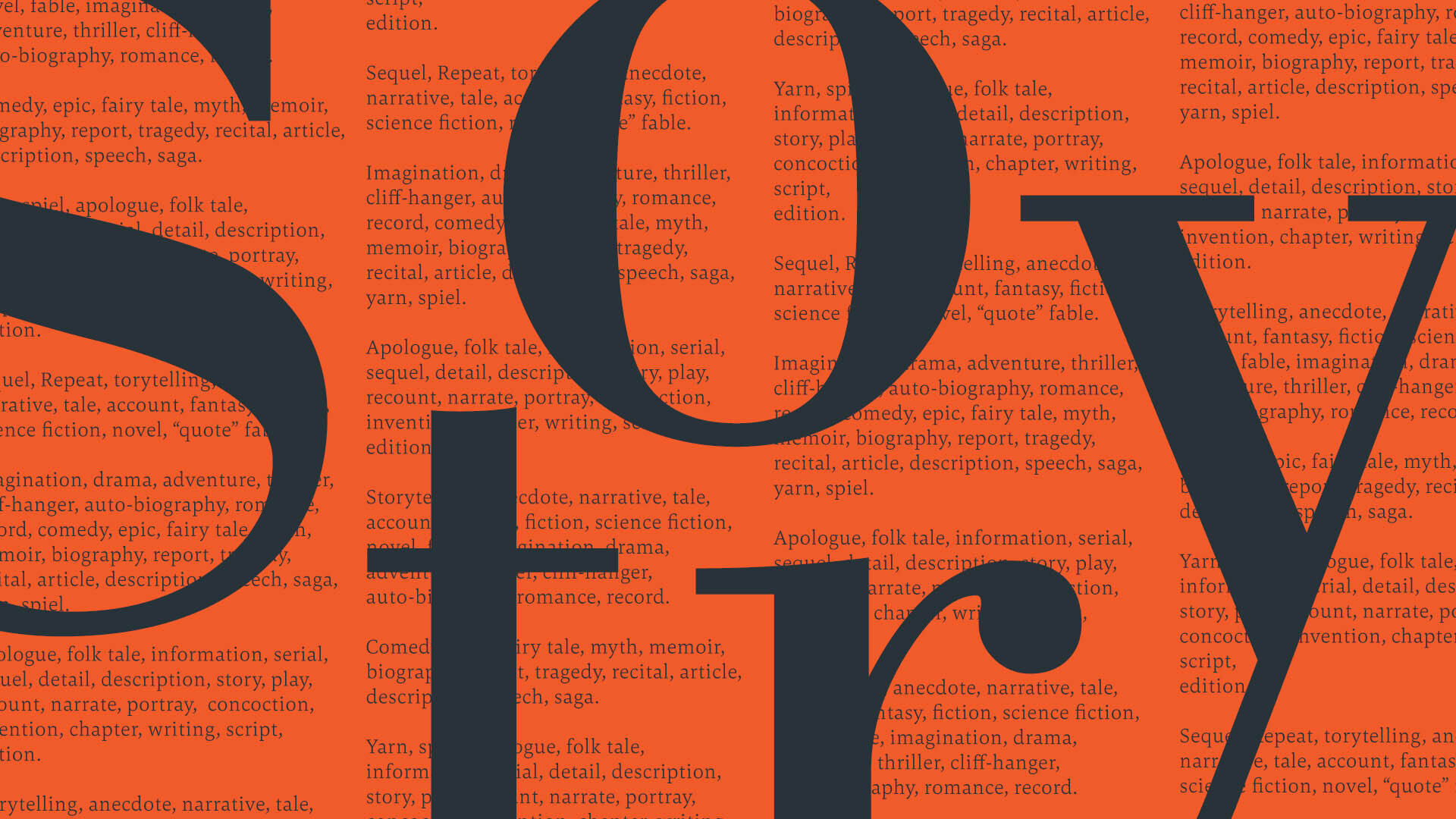Journal: Writing a story? Locate your childish bravado…
When did you last make up a story?
School teachers would often to say, ‘think of an idea and write a story’. Young minds likely find this easier; concocting an idea and ‘getting it down’.
At that age everything is allowed, while the fantastical and the farfetched are encouraged… plus, critics are banned.
Other Worlds are both dreamy and extravagant, characters likewise, while narrative structures can be flawed as children are less hampered by boring logistics.
All this nonsense of “…yes but would that happen?” and “would they say it like that?”, are thoughts that are not even murmured.
Their conceptions have the licence to be more frayed around the edges, and to deny them that, would only hamper them.
When you’re young, imagination trumps everything and it mirrors a refreshing innocence. And surely that is the point of fiction? Embracing that fantastical and farfetched.
Having published my first non-fiction book, and then through wanting a challenge, I wrote two short stories, of which, both were published.
But for someone approaching fiction for the first time since lower school; constructing these was something of a challenge.
The idea for the first story arrived quickly, merely by combining two thoughts, albeit based on personal experience.
The two notions singularly are relatively dull: a hotel and a window cleaner, but as Will Self mentioned in a webinar, push two simple thoughts together and you will almost certainly unearth a worthy narrative.
My pair of finished stories are related yet they are also standalone. Sharing the same location and set on the same day — they are told from the view of different characters.
I then craved a trilogy; much like craving a Cornetto. But this then presented me with another challenge: aligning things.
The final part needed to conclude what had come before, or it needed to wrap things up — hence, the challenge.
To quickly digress, my dissertation at university was written on Pulp Fiction and through researching, I found out that Quentin Tarantino wrote this, his second film, in the very same manner: as a bunch of short stories.
These stories were then enmeshed, non-linear, to result in something cinematically unique. The Gold Watch, The Bonnie Situation, etc … and everything aligned.
Tarantino broke the rules of storytelling and his original approach revolutionised the gangster genre. Characters crossed storylines, and with it, timelines — but it all made sense (maybe after numerous viewings).
Its maddening style had always resonated with me and seemed a compelling journey in which to take to tell a tale. Not that I was trying to write the next Pulp Fiction.
Obstacles arose when ideas for the third story were ruled out by events or non-events in the first two stories. But that is just bad planning on my part.
This leads to the ‘story’ versus ‘structure’ argument.
Either you see where your words take you, or, and as the majority seemingly favour, the structure gets nailed down before any words hit the paper.
The former, though, surely, invites for more of the fantastical and farfetched?
But each to their own.
Story writing has that ability to take you out of your routine. In the very same manner that reading a book or watching a film does, and the method of creating a plot is what I find fascinating.
Whatever your approach it should allow you to imagine, pretend, and make stuff up, just like kids do — that is where all the fun is at.
While ensuring everything is coherent, and obviously, paying attention to those pesky logistics.
But I wish I could effortlessly locate my childish bravado, to make the whole process even more fun.
‘Two-Hour Window’ and ‘The Morality Maze’ are published in: An Eclectic Mix - Volume Ten: A Collection of Short Stories and Poems.

